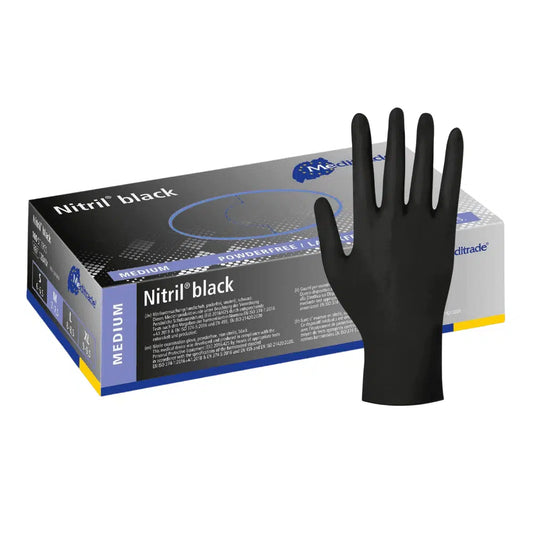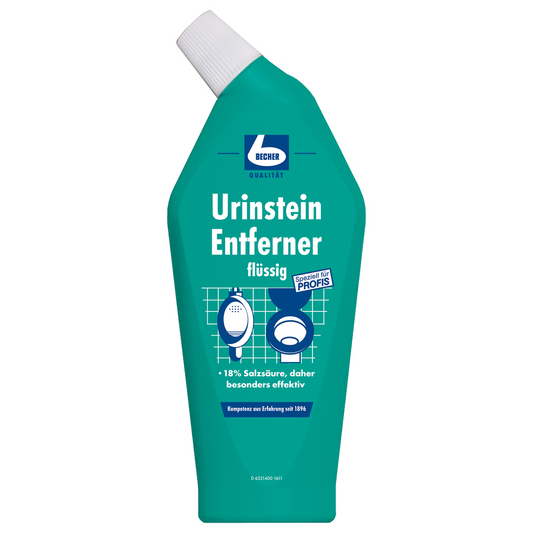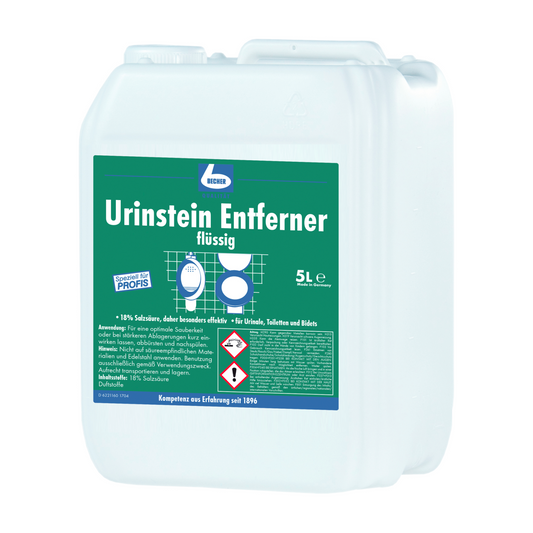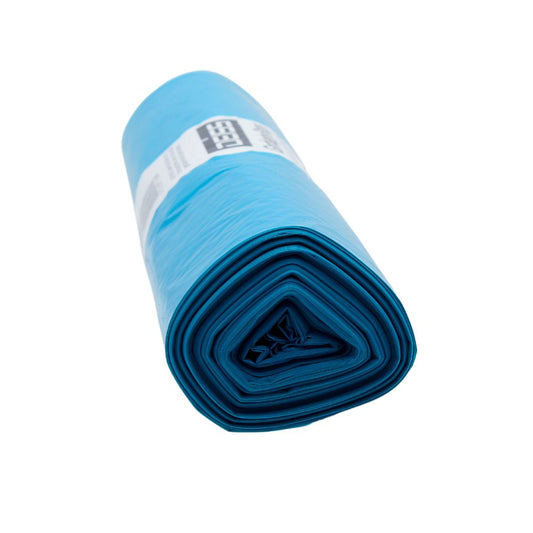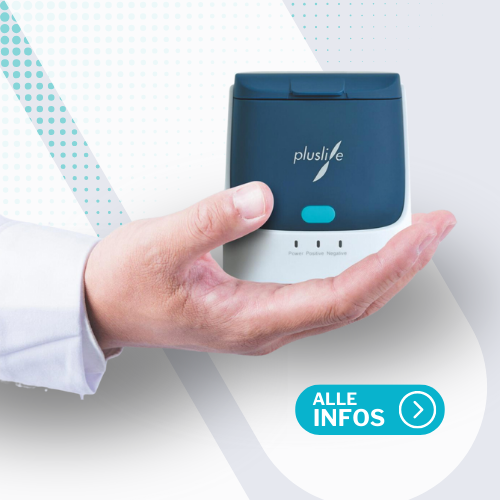
Latex allergy for disposable gloves - symptoms, causes and alternatives
Everything you need to know about latex allergies: a comprehensive guide
Hello! When you read this guide, you will probably look for answers on the subject of latex allergies, especially in connection with disposable gloves. Whether you work in healthcare, know someone with an allergy or are affected - it is important to have sound information. In this guide we respond to everything you need to know: from the basics to specific topics such as cross allergies and treatment options.
What is a latex allergy? A latex allergy occurs when your body is incorrectly responding to proteins in the natural rubber luclatex, how it is used in products such as one -way gloves made of latex. This reaction can trigger a number of symptoms, including itching, reddening of the skin and even more serious conditions such as breathing difficulties. The severity of the latexallergie symptoms can vary from person to person.
Recognize symptoms "How does a latex allergy manage?" Maybe ask yourself. The signs of a latex allergy can easily be confused with other skin irritation. Here are some symptoms that you should pay attention to:
- Reddening of the skin
- Swelling
- Itching or burning
- Sneeze or running nose
- Eye -catching
In more severe cases, people with a latex allergy can also suffer breathing problems, dizziness or even anaphylactic shock. If you think you have a latex allergy, it is important to have an allergy test carried out immediately.
Latexallergie test There are special tests that can be used to determine whether they are allergic to latex. These tests can include skin tests or blood tests and should always be carried out by a qualified allergist. It is important not to diagnose yourself if a latex allergy is suspected, but to take advantage of professional help.
Dealing with a latex allergy After a diagnosis, many ask themselves the question: "Latex allergy - what to do?" First of all, you should avoid contact with latex as much as possible. This means that you may have to find alternatives for products that normally contain latex, such as disposable gloves.
Latex allergy gloves: What are the alternatives? Fortunately, there are several alternatives to latex gloves:
-
Nitrile disposable gloves: These are made from a synthetic rubber and do not contain any latex proteins. Disposable gloves from nitrile are a popular choice for people with latex allergies.
-
Vinyl disposable gloves: These gloves are an inexpensive and latex -free alternative. However, they are often not as durable as nitrile gloves.
-
Medical disposable gloves without latex: There are special gloves for the medical area that do not contain a latex and are safe for people with a confirmed allergy.
Latex allergy treatment While there is no healing for a latex allergy, there are ways to treat the symptoms. Antihistamines can help alleviate milder allergic reactions, while more severe cases could require the use of emergency medication such as adrenaline.
Understand cross allergies A latex allergy can be associated with a number of food allergies, a phenomenon known as "latex allergy" cross allergy ". Some fruits and nuts have proteins that are similar to those in the latex, which can lead to a reaction. If you have a latex allergy, it is important to pay attention to possible cross reactions with food such as bananas, avocados, chestnuts and kiwis.
Prevention and next steps Prevention is the key to dealing with a latex allergy. This means avoiding contact with latex, using alternatives such as nitrile or vinyl intake gloves and, if necessary, to have an allergy emergency plan. Education is also important. By increasing your knowledge and awareness of latex allergies, you can keep yourself and others safely.
Whether at work or in everyday life, dealing with a latex allergy can be a challenge, but with the right information and precautions it is possible to live a full and healthy life. Stay informed, stay safe!
(Note that the text above offers a simplified view to make the information easy to understand. For thorough analysis or advice, it is always advisable to consult a qualified specialist.)

